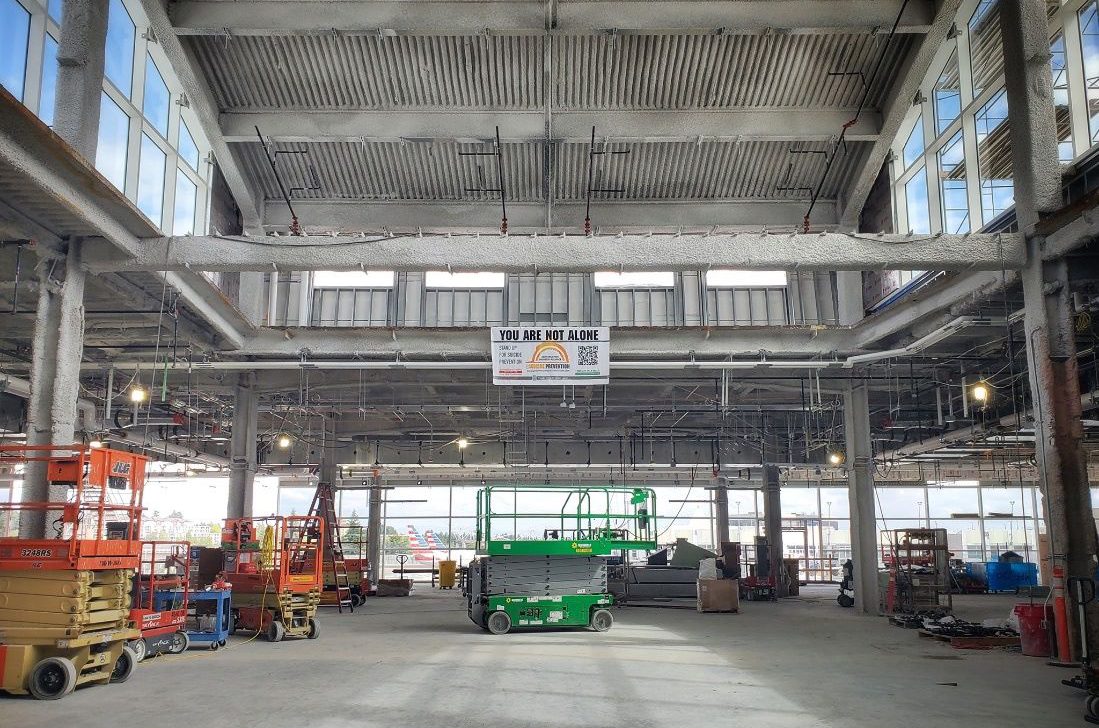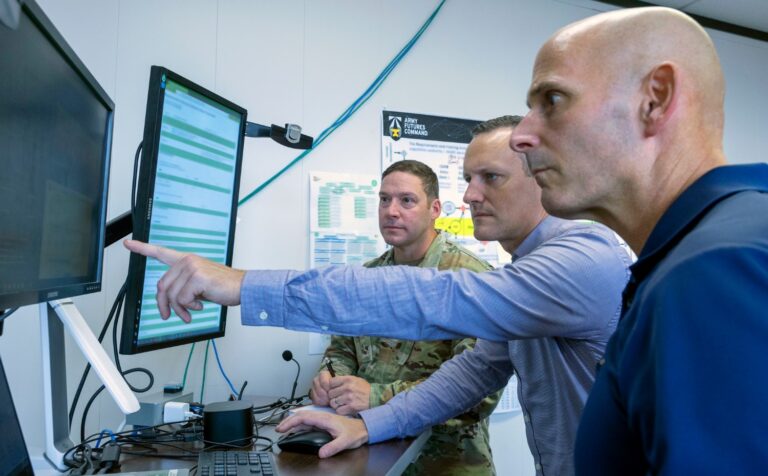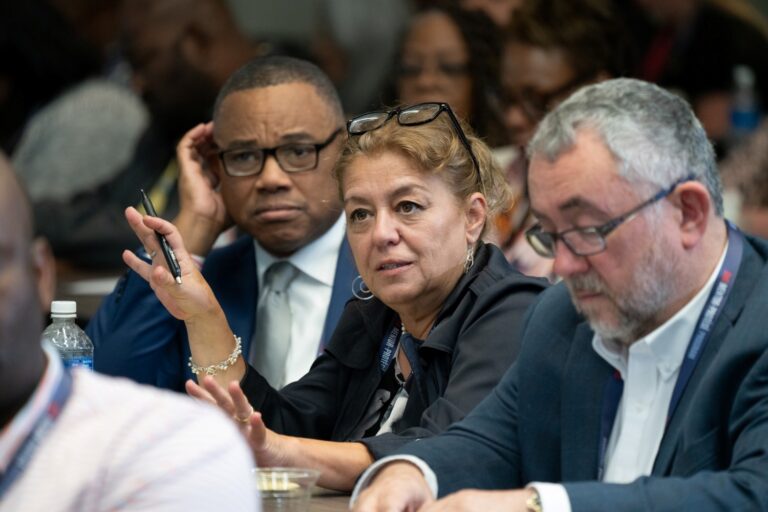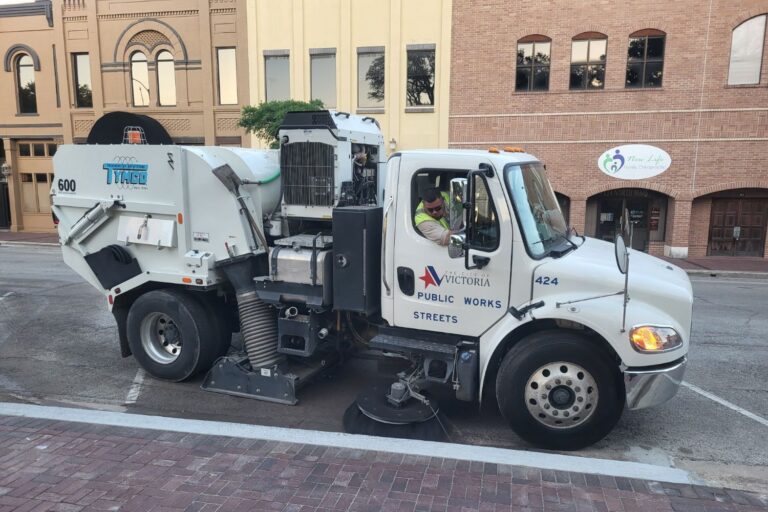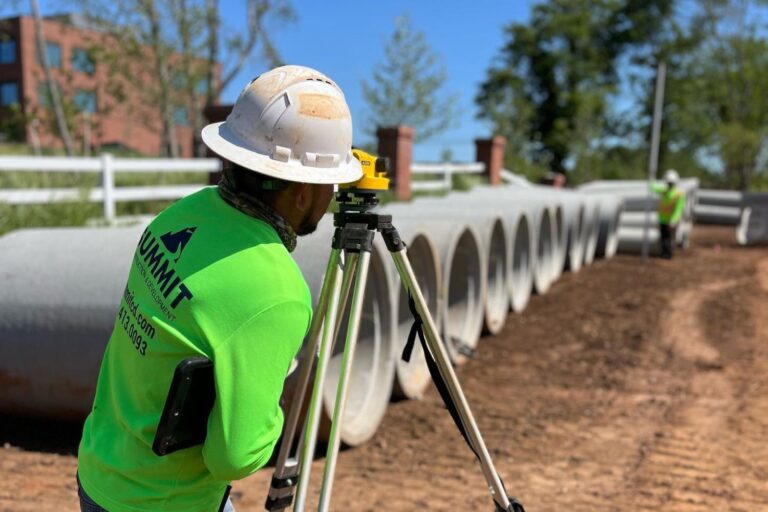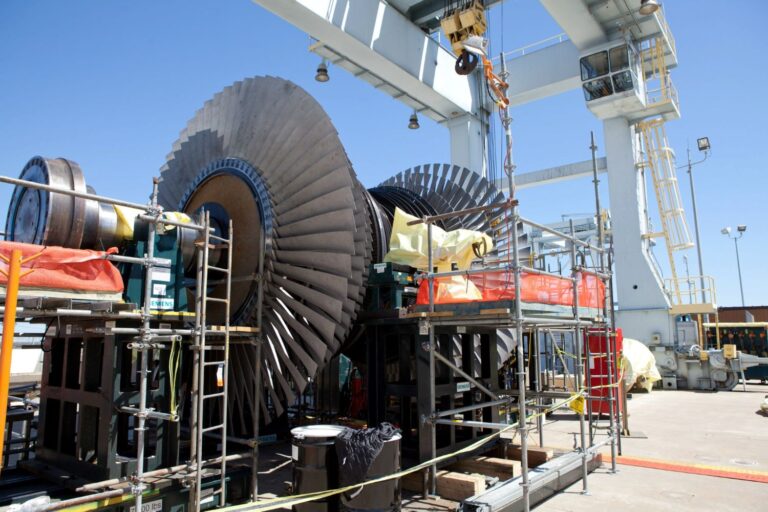The Multifamily Changing Landscape & High Performers’ Thoughts on the Future
Over the last decade, the multifamily market has experienced hyper-growth across a variety of segments: overall rentals, cost of rents per resident or buildings constructed. In the US, more than 2 million units were built in apartment buildings while the country also witnessed a rise of 31% in city renters since 2000. As the global pandemic strikes, market deterioration is sure expected as many owners lost rental income plus ancillary income from waived fees, deferred rents and delinquencies.
Despite the glooming situation, multifamily development has been more resilient than ever. Many growth markets like Birmingham, Ala or St. Louis have observed consistent growth and rising demands even in this downturn. After the 2020 recession, the economic rebound will result in accelerating multifamily demand, owing primarily to “unbundling,” as certain renters moving out of their parent’ homes or those whose employment prospects allow them to live independently.
However, as anyone walking out of the storm will learn to grow and adjust, the entire real estate is no exception. This once-in-a-lifetime crisis is changing the way multifamily properties are managed in years ahead that prompts landlords to have a fresh outlook on their future plan. Before jumping into understand how main players are rearranging their vision, let’s take a at how post-Covid multifamily landscape is transitioning.
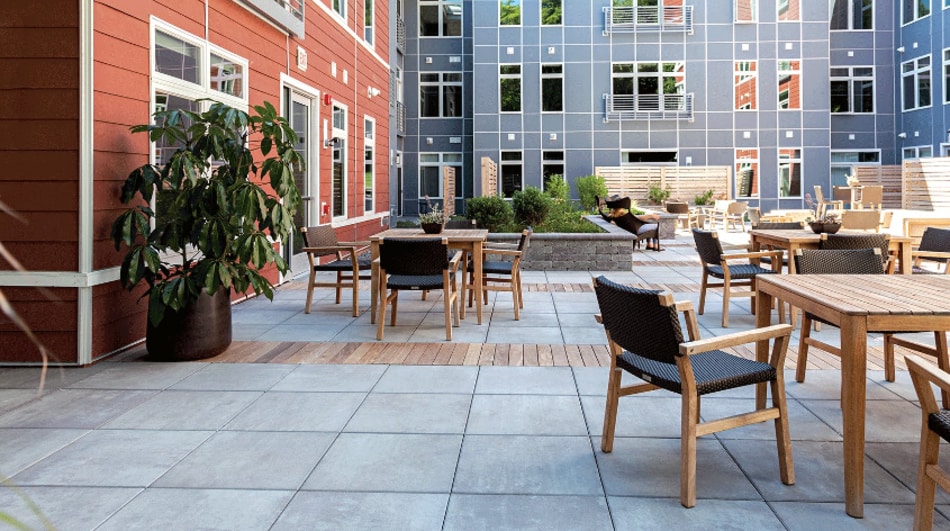
Trend #1: Migration from the Urban Core
The Covid-19 strike made all privileges and attractions of urban life suddenly vanished. People no longer travel to work; public transportations were shut down while cultural amenities were deactivated. Many city dwellers who were once enjoyed their vibrant life now sought for a living environment that is propitious to the pandemic: larger living space and greater access to the outdoors. As a result, it is no surprise that many residents fled dense urban cores to relocate in more spacious suburban neighborhoods.
Even prior to the pandemic, there was a noticeable spike in people and companies migrating out of high cost-of-living areas to more affordable cities with milder climates in the Sun Belt region, like Dallas, Austin, Atlanta and Denver. Factors like high cost of living or shifting demographics exacerbated the situation as many couldn’t afford downtown housing while millennials increased their needs for less-dense submarkets. This trend is expected to last long as both renters and homebuyers are getting their money worth out of suburban life. When the crowded, costly city life is traded with no less convenient amenities and a more relaxed living environment, dwellers are here to stay. In the next five to ten years, this is where multifamily developers should head their money to.
Trend #2: Millennials and Baby-Boomers Are Driving the Demand
As the housing prices continue to soar, many people whose budget is tighten due to the pandemic are now opting for more rental apartments. The multifamily demand thereby continues to heat up in the years forward. However, what drives the multifamily market to grow in the next decade is the unique demographics of renters.
Within the next ten years, 1 out of 3 US households will be headed by someone over 65 years old. Whether they are seeking to downsize or eliminating the maintenance hassle of homeownership, aging baby boomers are inclining towards an active lifestyle with walkable neighborhoods. Meanwhile, millennials with high levels of debt, particularly student loans, are shying away from purchasing expensive houses. This rental group also tends to delay marriages or childbirth which usually associates with homeownership. With a shift in housing preferences of these two demographics, along with the affordability of multifamily, developers and managers in this real estate area should be well-positioned to adapt to new demands.
Trend #3: Changing Landscape of the “Amenities War”
The mixed-use developments have prospered in recent years as people are living a more active life. Amenities like swimming pool, fitness centers or board games rooms yield more demands than ever and keeps revolving. Whether in an urban or suburban setting, old or young people all share a more active, social, and walkable lifestyle that requires a constant upgrade in shared amenity space.
Most customers have everything they require at their fingertips and demand the same degree of convenience in other areas of their lives, such as dining, entertainment, fitness, kid or pet care, and shopping. Athletic centers, coffee shops, and common spaces have become standard features in most apartments and condominium complexes, and developers are getting increasingly inventive in order to outperform their rivals. Research shows that apartment buildings with more amenities are earning higher rent premiums and leasing more units a month on average. As a multifamily developer, your job is to foresee the changing preferences of renters on amenities and provides them with the most comfortable services.
The focus on health and wellness as a result of the pandemic will prompt multifamily developers to make major transformations on their amenities landscape. Fitness centers or in-house yoga studios might be the next request. Nevertheless, the notion of “health and wellness” is also impregnated in more outdoor spaces including lobbies, main lounges, libraries or seasonal rooftops.
Moreover, amenities also need to accommodate to the work-from-home preference of renters. For these people, tech infrastructure is the key addition that multifamily developers need to consider. The pandemic has fast-forwarded everyone into the digital age and there is no going back which means video conferencing, private spaces, high-speed internet, collaborative spaces, and meeting spaces are the new standards that multifamily must accommodate.
So, how can multifamily developers and managers adapt themselves to level up their companies in the next five or ten years? Let’s read on to see how high-performers in the industry is preparing for the future.
Greystar – Be Resilient to Drive through Challenges
Established in 1993, the company carried a vision of building a rental housing leader. For the past decade, Greystar maintained its invincible reputation when constantly topping the chart for the best multifamily property managers. With more than 700,000 units under management and over 60 offices globally, the Charleston-based company currently ranks first among Top 50 US Apartment Managers in 2021 by NMHC.
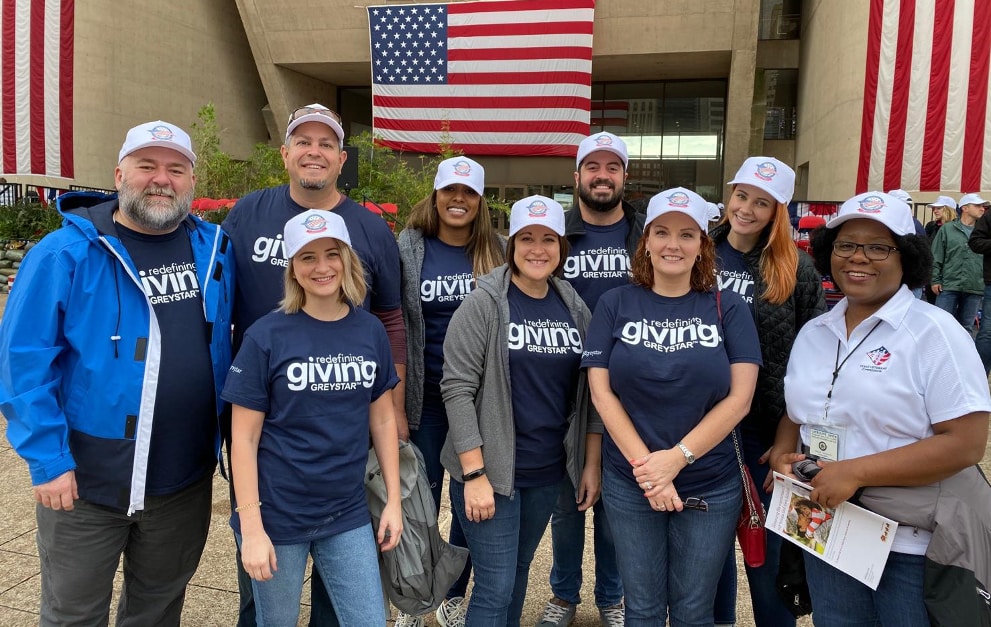
As a global leader in rental housing, Greystar always takes proactive actions towards the effects of market forces or changing conditions. The company takes “resilience” as the key factor to drive through challenges and keep its business strong. Bob Faith, Greystar’s CEO and chairman, believes that embracing a resilient design in buildings will provide his renters with higher quality homes and greater societal values. “We believe that a resilient approach to building design and management will not only account for climate risks but also weather the storms of transitional risks, economic uncertainty, and waves of epidemiological outbreak.”- Bob shared. “At Greystar, we see resiliency as the ability for people, buildings, and organizations to recover after a trauma.”
The company is also taking great strides to reduce its operational footprints and sustain eco-friendly housing communities. Greystar is confident to be well-prepared for climate risk, transition risk or pandemic risk as more resilient buildings with up-to-date systems and equipment means more efficient, long-lasting operations. Bob Faith vouches for a more resilient and sustainable multifamily development as that’s how his company prepares for a more dynamic, unpredictable housing landscape in the future.
Pinnacle – Data-Driven Management Is the New Business Acumen
Headquartered in Dallas, Texas, Pinnacle Property Management manages a diverse portfolio of assets including mixed-use properties, commercial properties, affordable developments, senior properties and student housing. The company is among the largest third-party multifamily management companies with more than 170,000 units under management across 30 states in the country.
When looking at the future, Pinnacle emphasizes the importance of technology in property management. Since the pandemic, the company has focused on collecting and storing market performance data for future reference. As real-time information on properties and their comps were updated constantly, managers can observe trends and react quickly. “In the near-term, developing a sound business intelligence strategy that can collect, interpret and report data will have a significant impact on how properties perform. This approach will also result in change management and require buy-in from the entire organization. Data-driven management is the future” – Larry Goodman, Pinnacle’s COO explained.
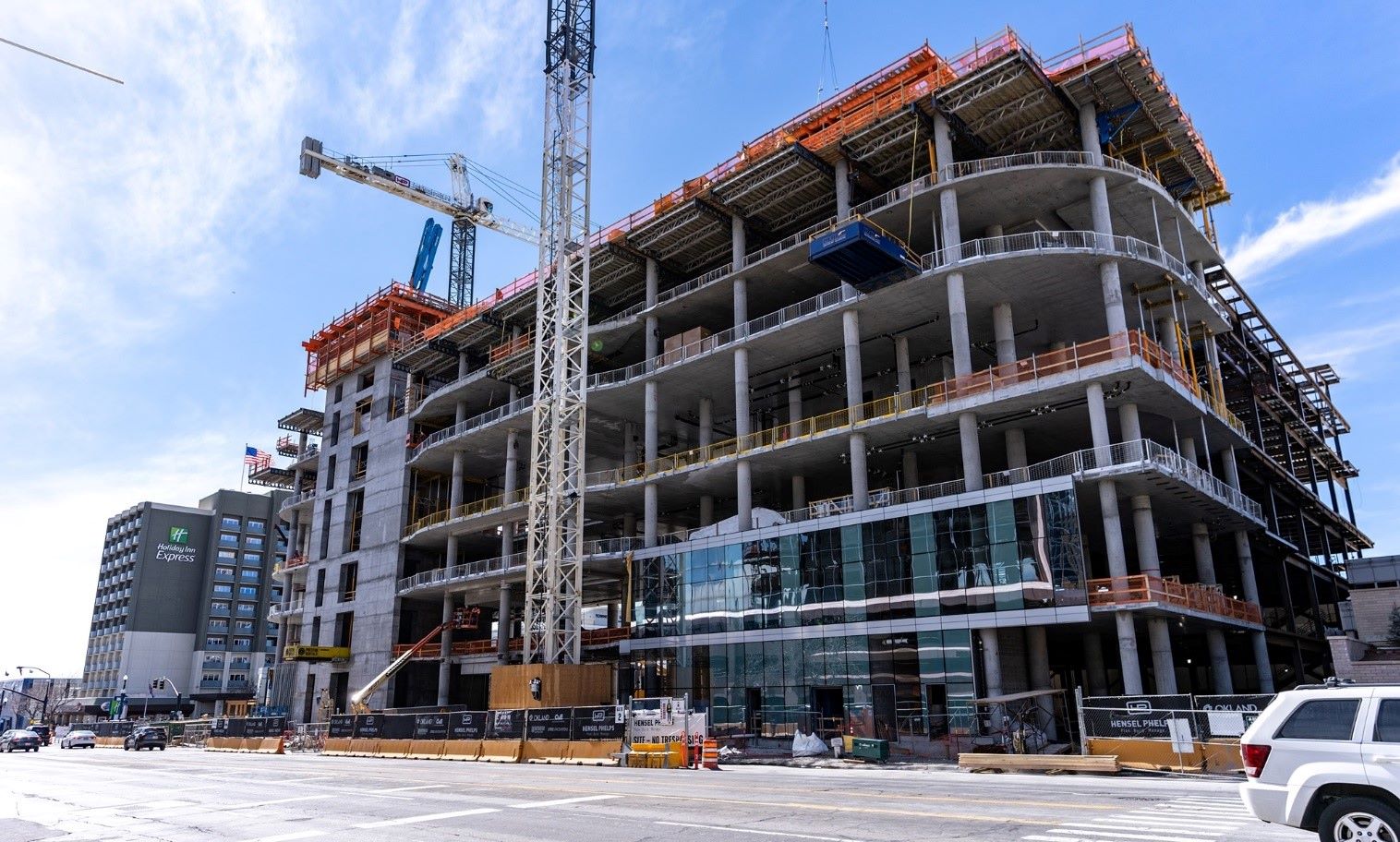
With people are leaning towards virtual home screening, Pinnacle has invested tremendous efforts in enhancing websites and integrating internet listing services in its online leasing strategy. Property managers need to be more tech-savvy, Larry stated. “Their ability to interpret and make sound decisions using data will continue to have a growing impact on the performance of the asset. Business Intelligence (BI) is a current buzzword that has to do with gathering, analyzing and reporting business data. Every software tool today has some form of BI built-in, and managers must become more sophisticated so they can gain very granular insight into the operation of the real estate.”
AvalonBay – Proptech Integration Is a Must
AvalonBay Communities, Inc. is a real estate investment trust dedicated to residential properties. The company focuses on developing, redeveloping, acquiring and managing more than 75,000 apartment units primarily in the New York/New Jersey metro area, the Mid-Atlantic, the Pacific Northwest, and Northern and Southern California.

Prior to Covid-19, touchless experiences like virtual tours, paperless payment, online screening or contactless move-ins have already existed in the multifamily firmament. However, these experiences became invaluable when the pandemic hit and are here to stay. Last year, AvalonBay successfully implemented a new automated, self-serve living model that was long prepared before Covid-19. The Kanso Twinbrook, a 238-unit property at Rockville, Maryland, has taken on a touch-free residential experience including virtual customer service, automated move-in and leasing process, scheduled maintenance support, all with no full-time staff on site.
The company received a critical boost during Covid-19 with the help of proptech. CEO Timothy Naughton expects to continue to invest in technological capabilities in the next couple years. “Our investment in digital capabilities—AI, machine learning, and things of that sort—has only accelerated as we’ve moved through the pandemic,” Naughton said. “If you think about what’s been happening with virtual tours and self-guided tours and smart access … there’s more conviction in making those investments and the ROI associated with them.” – he added.
Alliance Residential – Diversify the Development
Alliance is one of the largest US property companies focused on building, acquisition, and development of multifamily communities. The company currently manages more than $200B in assets with approximately 3,500 employees specialize in a variety of services. In recent years, Alliance has expanded its segment to more affordable housing, apartments in less dense areas or senior communities that can cater to a diverse portfolio of renters.
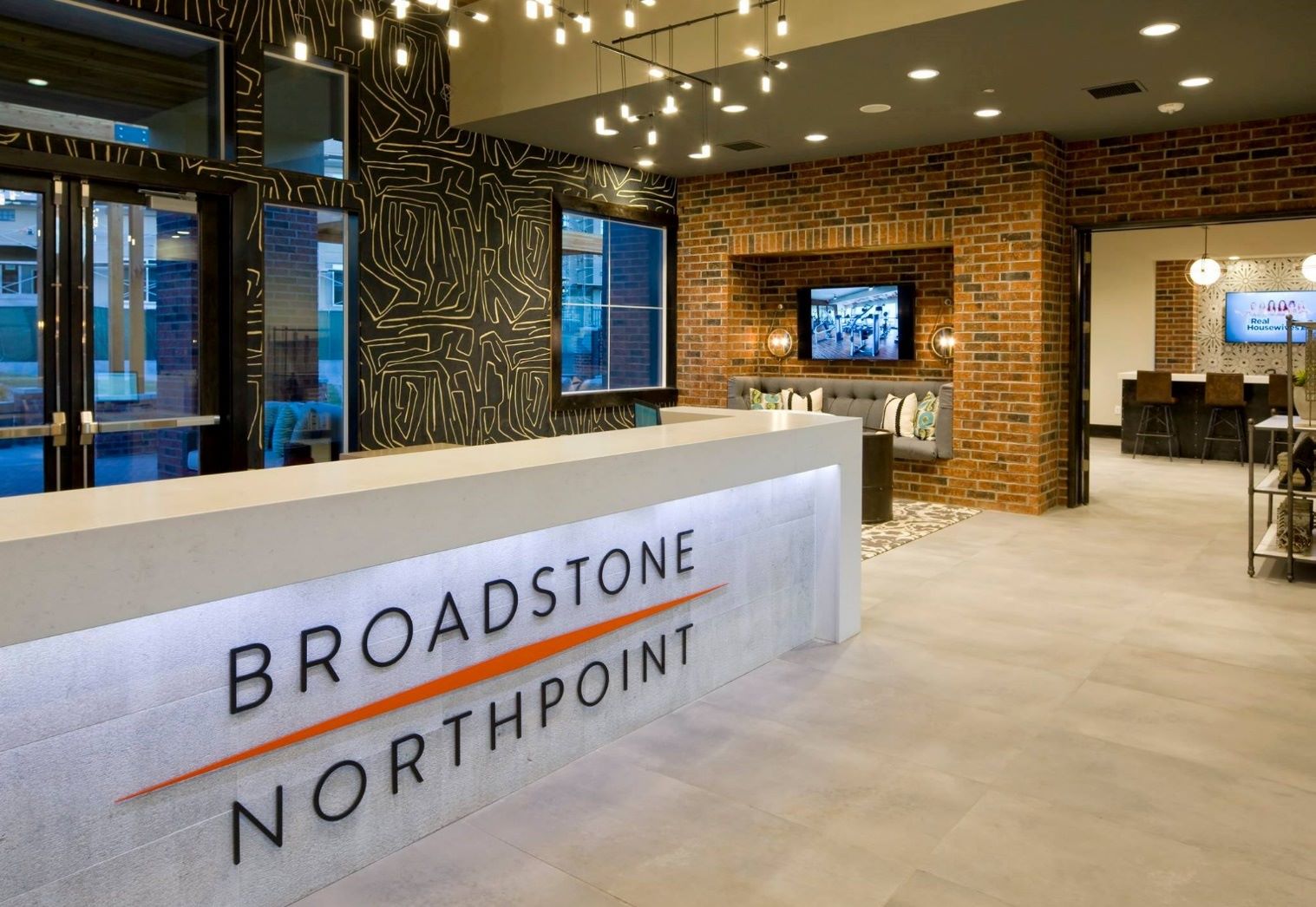
Yet the diversification is a long-term strategy. As the post-pandemic market arises with new demands, urban-core, luxurious apartments will not be the only option. “We built so much in the industry on the high end. At the beginning of this cycle, it was very urban focused,” Jay Hiemenz, president and COO at Alliance said. “I think the suburbs, middle market, and workforce really got overlooked early in the cycle, and now it’s getting a lot more notice.”
In the future, he says the firm will focus about 75% of its work on suburban and workforce housing, while the rest will be more on the edge of urban, but not high-rise, high-density.
The company is also making efforts in developing its Holden senior housing brand. Future baby boomers aren’t just looking for a house, they also expect to have a living community with convenient amenities such as dining venues, wellness centers or art studios. This allows the senior housing market to flourish more than ever.
The Bozzuto Group – Human Value Is Timeless
Located in Greenbelt, MD and headed by CEO Tony Bozzuto, The Bozzuto Group currently manages over 59,000 residential units across the US. While the firm is primarily a property management, it also constructs and develops multifamily and single-family residences. The company has long been a go-to destination for job seekers in the multifamily industry for its rich tradition in human development.
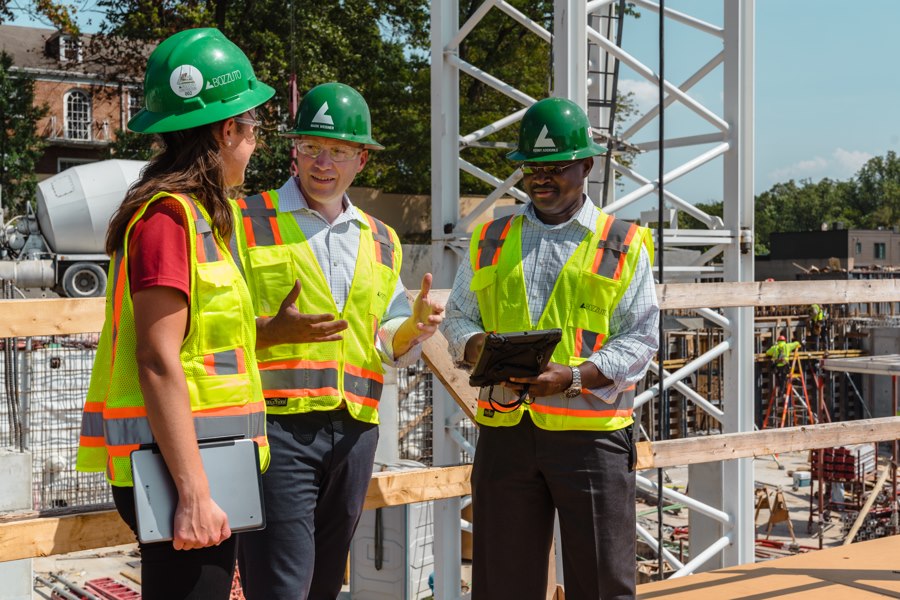
In the world of increasing unpredictability, what makes a company adversity-proof is high-quality team members. Investment in training and career development for workers can never be outdated as employees with high diversity and adaptability will drive your business to success. Bozzuto has faiths in the long-term values of human capability. The company maintains a mindset of preparing its employees with what they can do in the future. Kristen Magni, head of talent and culture at Bozzuto believes what the firm is doing is “not filling a particular job, but finding and developing future leaders, future project managers, people who can work with subcontractors, or learn how to manage a building.”
Other than support at work, multifamily companies should up the ante by providing non-traditional compensation and benefits to increase their employees’ wellbeing. Leaders in real estate and construction can consider offering benefits like paid gym memberships, tuition reimbursement, and even unlimited paid time off, all of which can lead to a healthier, more productive, and more motivated workforce. “There is a lot of changing in the future of talent. The jobs today may not meet the needs of tomorrow. So how do you prepare for a changed world and uncertainty? Well, human needs don’t change. People have a need to be happy, and how we make that happen might change, but delivering the need for feeling welcome, included, and important never will.” – Magni said.
The Bottom Line
As new decade comes with new trends, multifamily developers, managers, or contractors need a refreshed outlook to thrive in the industry. Major players are mapping their future road, it is critical for the rest to sharpen their thinking and develop new strategies to address the market changes.

